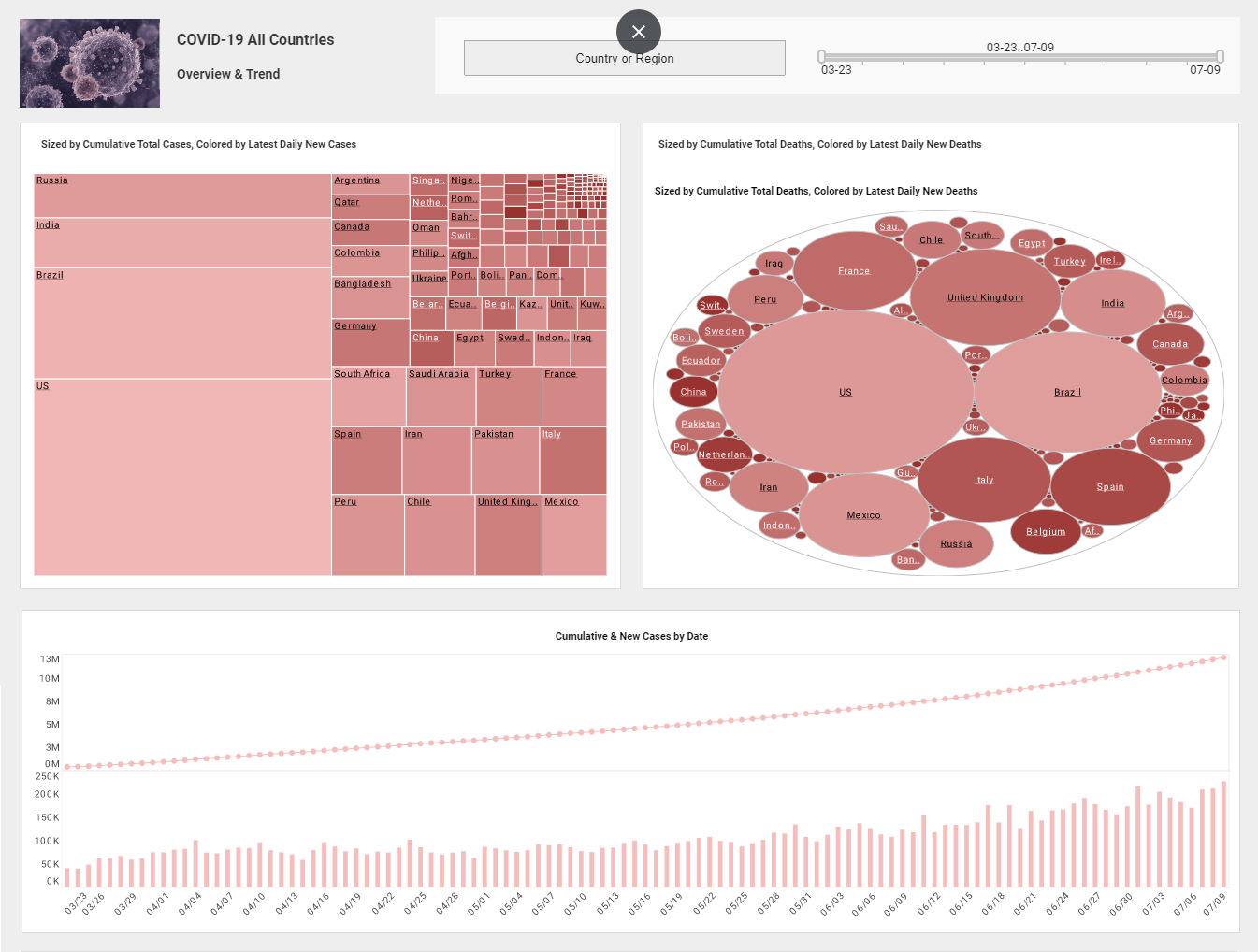Adding Contextual Information to Your Data Visualization Tool
Eric Kavanagh: That’s kind of interesting. So I can see how visualization could be very useful in systems management if you’re trying to understand how very complex systems are performing or not performing. I am guessing that's a pretty key area for data visualization.
We’ve all seen these kinds of systems management software. We see peaks in valleys and you can see kind of how their operations are running. What are some other interesting ways to visualize that stuff and get a better handle on things?
Dale Skeen: Well, I can give you an example. TXU is the largest retail energy provider in Texas. They want to visualize their customers’ transactions through their systems such as customers enrolling, reconnecting, disconnecting, or moving from one service provider to another one.
This is all automated in multiple systems so they can monitor just the lowest level of detail such as an action that took place on the SAP system. It doesn’t convey insight as to how well these processes are progressing, if problems are occurring, if the customers have been affected.
| #1 Ranking: Read how InetSoft was rated #1 for user adoption in G2's user survey-based index | Read More |
Process Discovery Tool
With our tool we were able to add contextual information -- the right context and the right visibility into what’s going on. The context we’re following is first used as a process discovery tool.Then, it visualizes how these actions are laid out sequentially thoroughly over time. And then just over several iterations you can discover what the underline accepted progress of a transaction should be.
That becomes a process now. And then as you start tracking the raw information and then present it in the context of this process, there is a process diagram.So all of a sudden they can start seeing progress of the individual transactions. The expected processors are tracked and you could overlay on top of that other things like judgment service level, KPI, and metrics.You can now see how well you’re doing in the context of the business object. So, that’s a great example of how we are using visualization and operational intelligence.
Eric Kavanagh: Yeah. That’s pretty cool stuff.
 |
View live interactive examples in InetSoft's dashboard and visualization gallery. |
Driving the Business by Monitoring IT
Jim Ericson: It's very cool stuff. The lot of the early market on this was really coming to the log detail stuff. The IT churn and some companies have turned up just to serve that kind of stuff. Do you think there was kind of a launching pad? Or is it kind of the way you are describing it - all sort of business content for some good insight in terms of driving the business by monitoring IT activity?
Dale Skeen: Yeah. Well, one thing we want to make clear is that we are not just monitoring IT activities. Other types of activities, for example, would be social media activity. If you look at cost selling processes you all know what’s hot, what’s not, what people are dreaming about. So it's really being able to monitor all of this information.
To monitor in real time or do proactive monitoring of this you don't wait to question if something is wrong because that's usually too late to discover it. And, I think, the most important thing is cutting the business context to the process context, the operational context, the business goals to it, and framing it in terms of the business close and in terms of IT.
Jim Ericson: Yeah. Well, just the notion of overlaying regional customer churn over brown outs or local power outs or whatever you know is a compelling thought because you really are kind of mixing apples and oranges.
 |
View a 2-minute demonstration of InetSoft's easy, agile, and robust BI software. |
You are thinking operationally -- you know performance data of your business as its core competency and then matching that against what the customers are doing in different ways.
Dale Skeen: That's right. But it's not quite apples and oranges. In this case that’s the only correlation but they could be called validity associates.
| Previous: Merging Data Visualization with Operational Intelligence |


